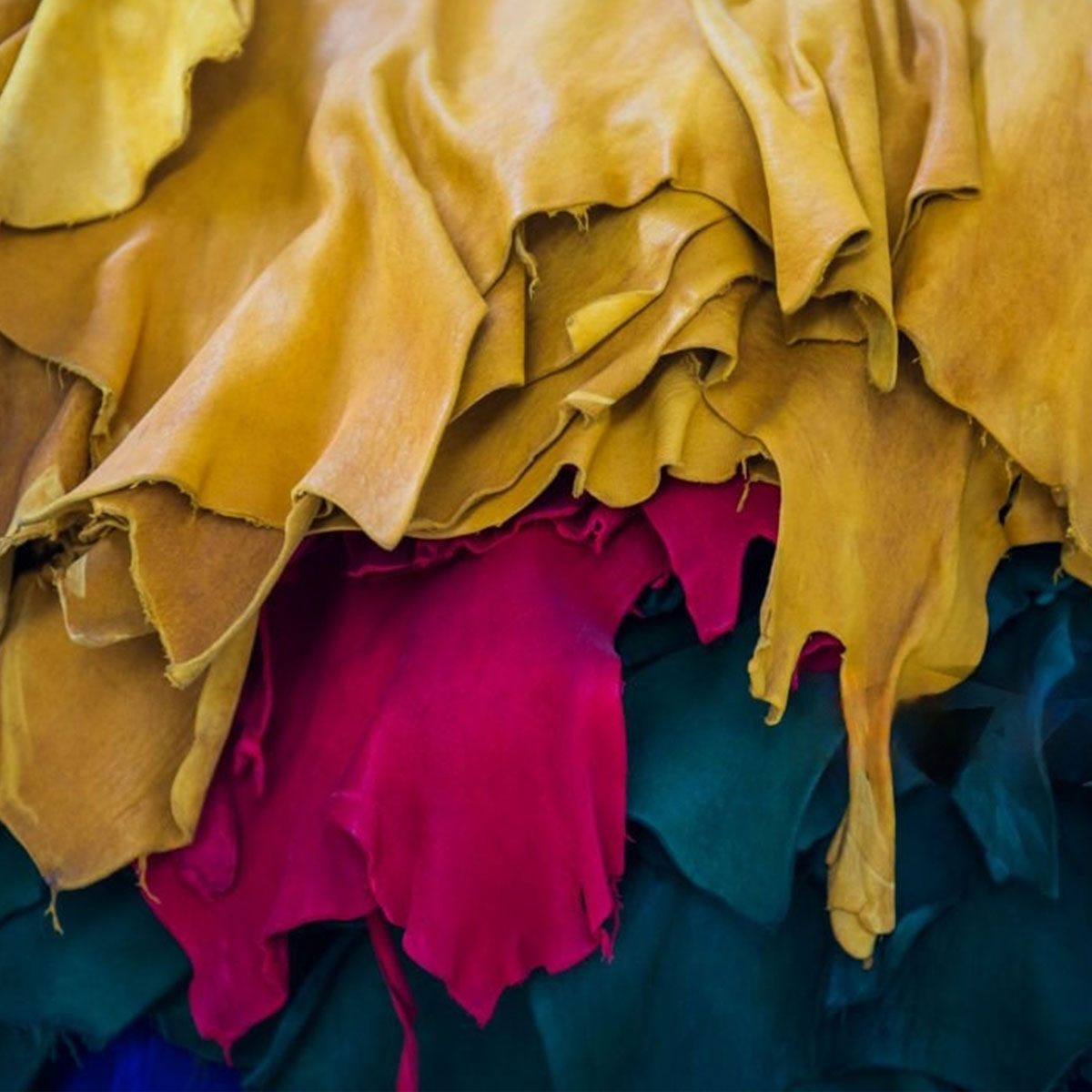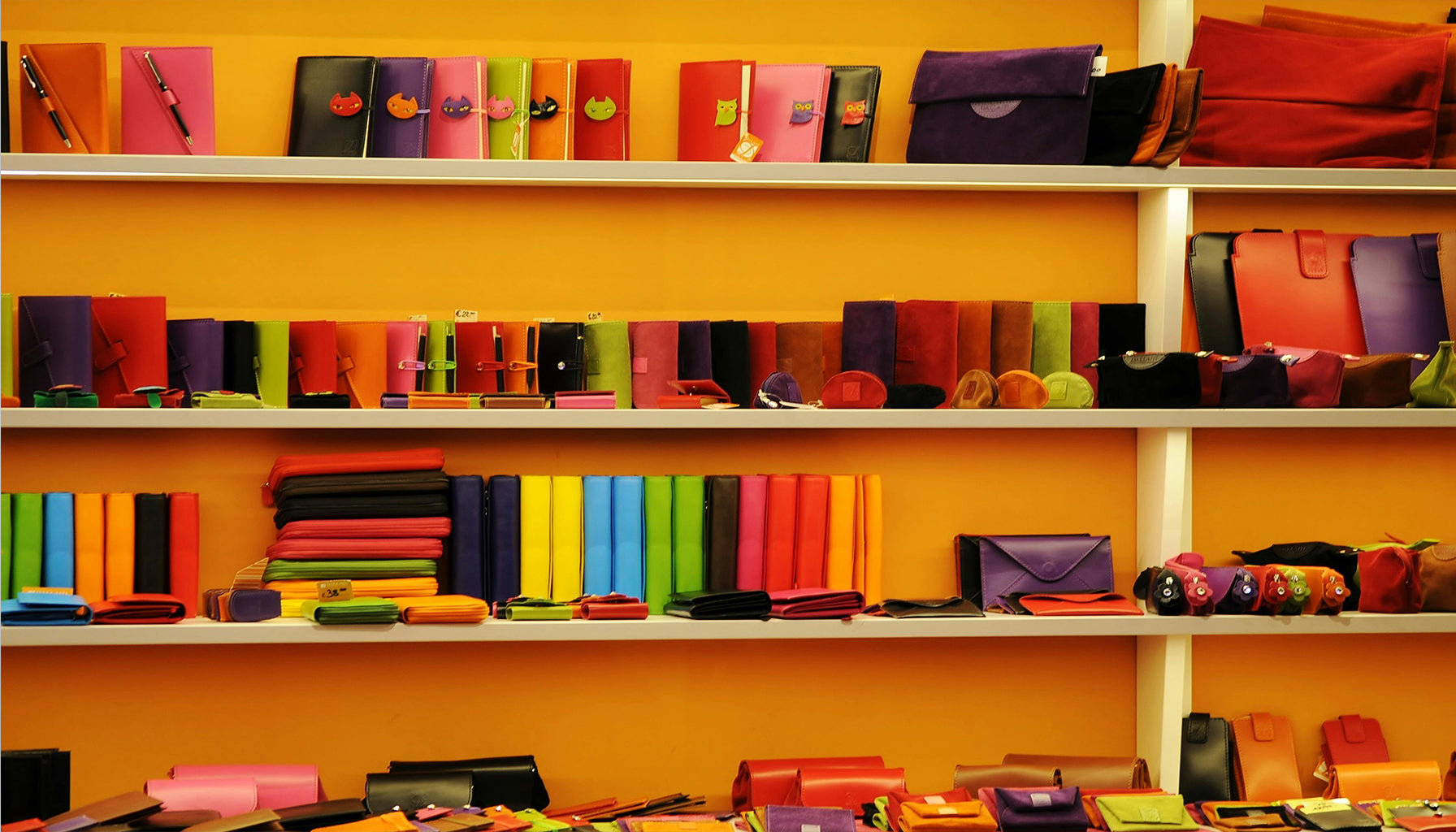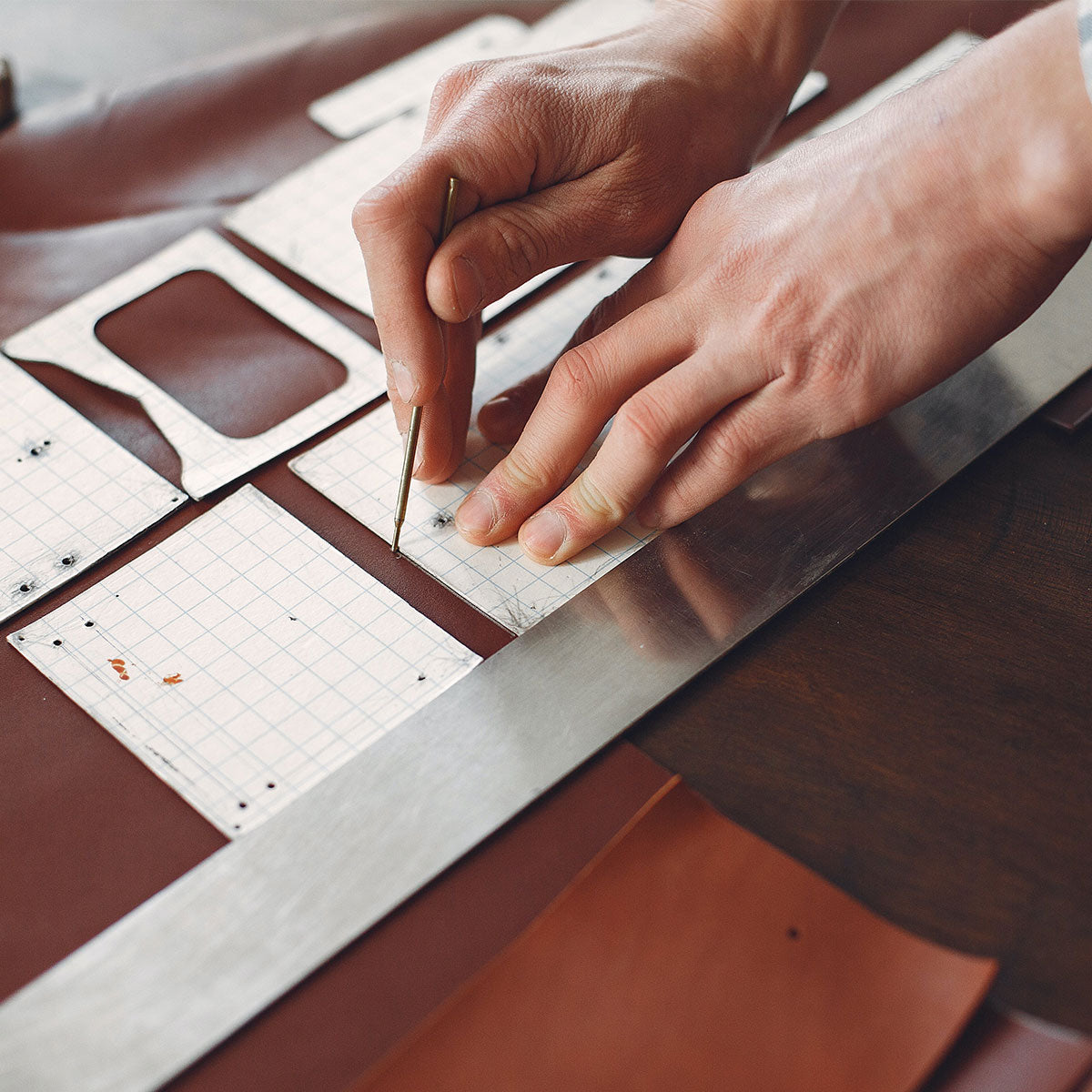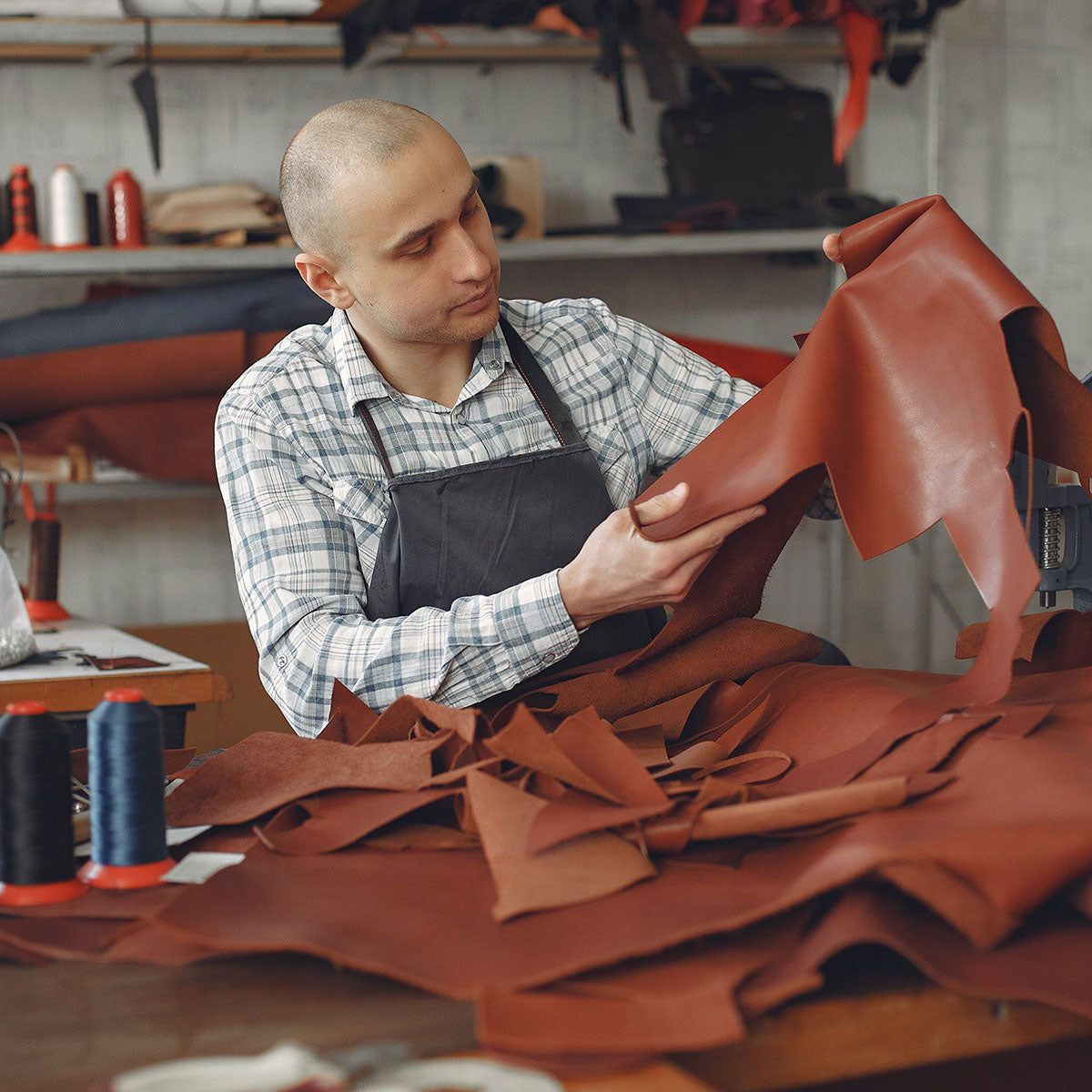
Authentic Luxe Leather Wallets: The Ultimate Fusion of Style and Functionality
Introduction: In the world of accessories, few items strike the balance between style and functionality as seamlessly as luxe leather wallets. These exquisite accessories stand as a testament to the harmonious fusion of practical utility with sophisticated design. At their core, luxe leather wallets represent more than just a means to carry essentials; they encapsulate a lifestyle characterized by elegance, refinement, and discerning taste.
Luxe leather wallets epitomize the epitome of sophistication, offering a harmonious blend of style and functionality that caters to the modern individual's needs and desires. Unlike ordinary wallets, which merely serve as utilitarian containers for cards and cash, these wallets elevate the mundane act of carrying essentials into an art form. Each meticulously crafted piece is imbued with a sense of luxury and exclusivity, reflecting the discerning taste of its owner.
The concept of luxe leather wallets goes beyond mere aesthetics; it encompasses a philosophy centered on quality, craftsmanship, and attention to detail. From the selection of premium leather hides to the precision stitching and finishing touches, every aspect of their creation is a testament to the dedication of skilled artisans. The result is a collection of wallets that not only exude timeless elegance but also boast unparalleled durability and functionality.
In essence, luxe leather wallets represent the perfect synergy between style and substance. They offer a luxurious way to carry essentials while making a bold fashion statement. Whether adorned with minimalist designs or intricate detailing, these wallets serve as a reflection of the wearer's individuality and refined taste. As indispensable accessories for the modern sophisticate, luxe leather wallets are more than just items; they are symbols of a lifestyle defined by elegance, luxury, and impeccable craftsmanship.
The Genesis: Understanding Raw Hide
Raw hide, derived from animal skins, is the initial canvas for the tanning process. Without proper treatment, these hides are susceptible to decomposition. However, they possess natural collagen fibers that, when processed correctly, can be transformed into a durable and pliable material—the foundation of fine leather.
The Tanning Process Unveiled
Tanning, the pivotal stage in leather production, involves converting raw hide into a stable material resistant to decay. Traditionally, this process relied on natural tannins extracted from plants, barks, or fruits, harnessing their astringent properties to preserve the hides. Modern tanning techniques have evolved, incorporating synthetic tanning agents to achieve similar results efficiently.
The Art and Chemistry of Tanning
Chemistry plays a pivotal role in the tanning process. Tannins, the key agents responsible for binding with collagen fibers in the hide, create a chemical reaction, effectively stabilizing the material. The tanning agent penetrates the hide, replacing water molecules within the collagen structure, preventing decay and rendering the leather water-resistant.
Varieties in Tanning Techniques
The art of tanning encompasses various techniques, each contributing distinct characteristics to the leather. Chrome tanning, using chromium salts, results in softer and more supple leather, while vegetable tanning, employing natural tannins, produces a firmer and more rigid material. Other methods, such as brain tanning or mineral tanning, offer unique textures and properties, catering to diverse preferences.
Transformative Effects: From Hide to Leather
As the tanning process unfolds, the raw hide undergoes a remarkable metamorphosis. The once pliable, perishable material is imbued with resilience and flexibility. The leather emerges with enhanced strength, durability, and a distinct aroma—a testament to the successful transformation of organic matter into a coveted material.
The Enduring Legacy of Tanning
Tanning, steeped in tradition and innovation, continues to be an integral part of the leather industry. Advancements in technology and sustainable practices have led to the development of eco-friendly tanning processes, reducing environmental impact while preserving the essence of fine leather craftsmanship.
Conclusion
The science of tanning embodies the marriage of artistry and chemistry—a process that transcends mere preservation to create an exquisite material cherished for its durability, elegance, and versatility. From ancient traditions to modern innovations, the alchemy of tanning continues to captivate, transforming raw hides into luxurious leather, each piece bearing the legacy of skilled craftsmanship and scientific ingenuity.
As we admire the fine leather products adorning our lives, let us appreciate the transformative journey—from the humble beginnings of raw hide to the enduring elegance of leather, a testament to human innovation and the timeless allure of craftsmanship.





